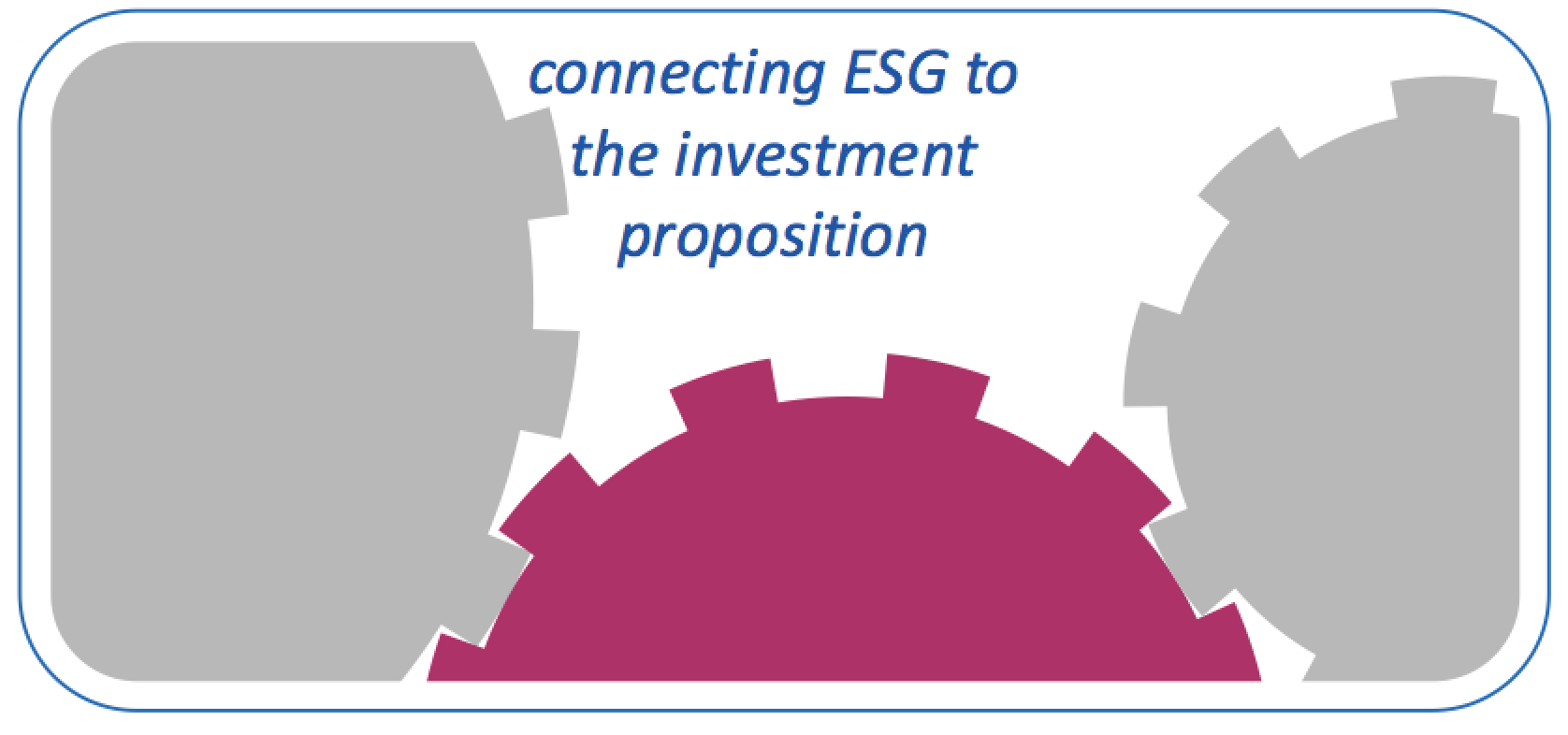
Having looked in my two previous posts at purpose and materiality, we now turn to the third pillar of an asset management firm’s ESG policy: authenticity. Authenticity matters because, if an ESG program is to be more than a bolt-on, there has to be a genuine connection to the investment proposition of the firm.
This is a timely topic because ESG has moved from the investment periphery into the mainstream. It’s becoming too big to treat as a sideline. So, even though firms are at different stages in their ESG integration process, for many now is a key moment in time.
Inside and outside pressures
There’s no single catalyst that’s brought us to this tipping point. There are at least seven or eight significant drivers of the growth in ESG. Some of the pressure points lie within the investment process, things such as increasing recognition of the financial implications of ESG factors, more data and better tools to support deeper analysis. Other pressures are external to the process: client demand, regulation, public awareness.
The urgency of finding a response to the external pressures can loom large in the vision of client and sales teams and of business leaders. But if these factors are the driving force for ESG integration, there’s a danger of less than seamless assimilation into the firm’s process. Authentic integration begins from the inside out. The more naturally the ESG program sits within the investment process, the more effective it will be, and the stronger the foundation for effective client engagement and communication.
How does this relate to how we invest?
So while an ESG policy must rest on a clear sense of purpose and a view on materiality, it’s also essential that an asset management firm ask itself: how do these things relate to how we invest?
Investment approaches vary enormously. A specialist active manager running a concentrated portfolio analyzes and interacts with investee companies in a completely different way than a passive investment manager does. This should carry over to the way in which ESG risks are assessed and to the approach to stewardship. The right approach for one firm would be an unnatural fit for the other.
In a similar vein, ESG themes and megatrends such as the transition away from fossil fuels or the knock-on effects of COVID-19 have different implications for a quantitative investment process than for a thematic process. Reflecting these trends in a top-down process presents different challenges than for a bottom-up process. The same goes for every aspect of the investment program: the use of proprietary tools and data vs. third-party, risk management, factor tilts, whatever.
Each firm’s investment value proposition offers a different platform to add client value, and as ESG becomes a more integral part of every investment approach, this integration should be a natural extension of the wider investment philosophy.
This post is the final post in a three-part series on the pillars of ESG policy. The first post, which covers purpose and a tool that we call the impactometer, is available here. The second post discusses materiality and is available here.